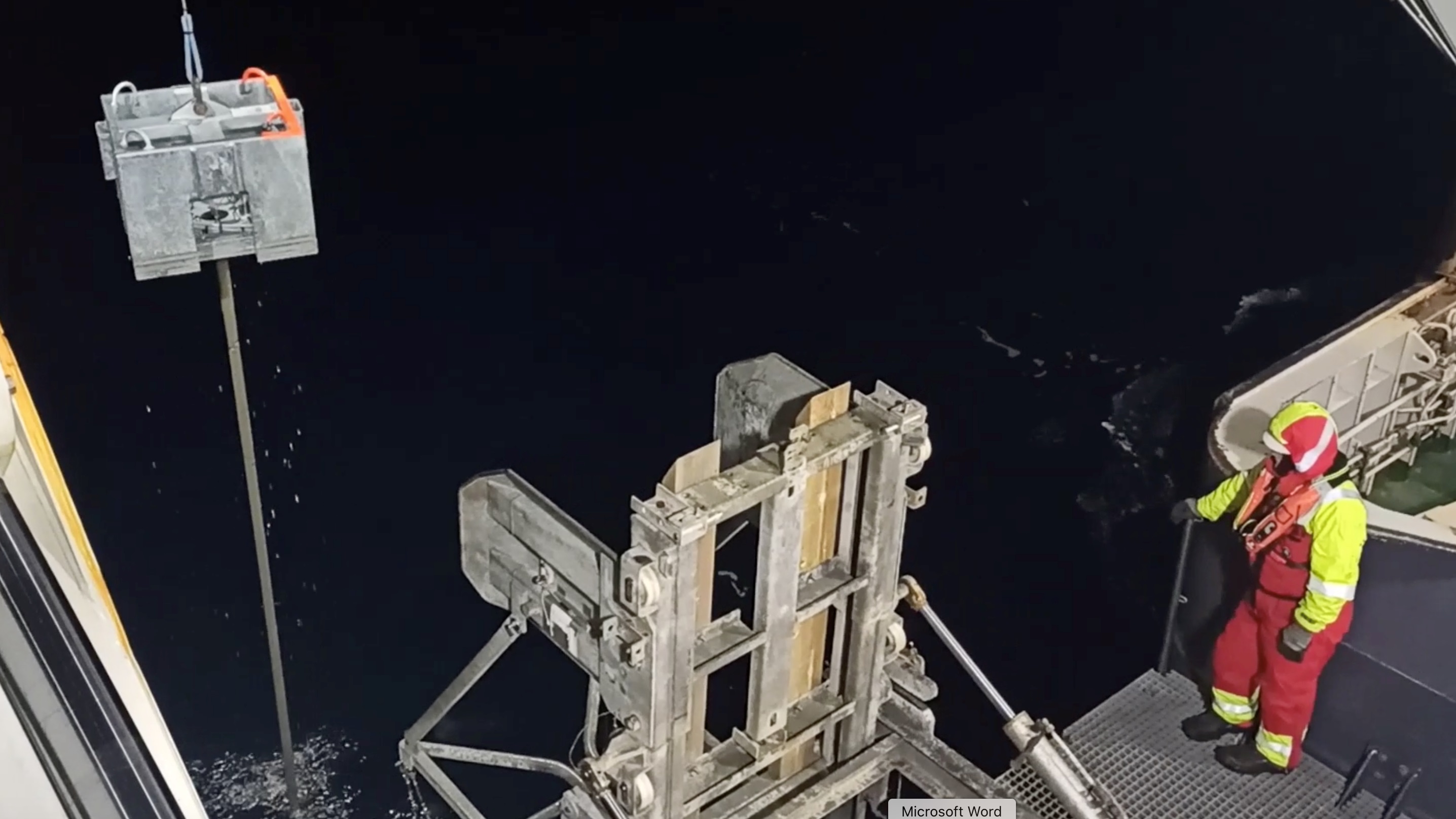Huge methane cache beneath Arctic could be unlocked by the moon
Methane release changes with the tides.

The moon could be affecting how much methane is released from the Arctic Ocean seafloor, a new study finds.
The tides, which are controlled by the moon, affect how much methane is released from seafloor sediments: Low tides mean less pressure and more methane released, while high tides create more pressure, and therefore less methane emission.
The research was conducted in the west-Svalbard region of the Arctic, with the findings published Oct. 9 in the journal Nature Communications.
"It is the first time that this observation has been made in the Arctic Ocean. It means that slight pressure changes can release significant amounts of methane. This is a game-changer and the highest impact of the study," study coauthor, Jochen Knies, a marine geologist at the Centre for Arctic Gas Hydrate, Environment and Climate (CAGE), said in a statement.
Related: 10 signs Earth's climate is off the rails
Methane is a greenhouse gas, which contributes to global warming by trapping and holding heat in the atmosphere. Huge methane reserves lurk beneath the seafloor and ocean warming is expected to unlock some of that trapped methane. So understanding how the tides impact these seafloor methane emissions is important for future climate predictions.
To find this tidal effect, the team measured the pressure and temperature inside the sediments and found that gas levels near the seafloor rise and fall with the tides.
Get the world’s most fascinating discoveries delivered straight to your inbox.
By using a permanent monitoring tool they were able to identify methane release in an area of the Arctic Ocean where it has not previously been observed.
"This tells us that gas release from the seafloor is more widespread than we can see using traditional sonar surveys,” study co-author, Andreia Plaza Faverola, a marine geologist and geophysicist at CAGE, said in the statement.


Their discovery implies that scientists have been underestimating greenhouse gas emissions in the Arctic.
"What we found was unexpected and the implications are big. This is a deep-water site. Small changes in pressure can increase the gas emissions but the methane will still stay in the ocean due to the water depth. But what happens in shallower sites? This approach needs to be done in shallow Arctic waters as well, over a longer period. In shallow water, the possibility that methane will reach the atmosphere is greater," Knies said.
This newly discovered phenomenon also raises questions about how rising sea levels and ocean warming, both of which are caused by climate change, will interact. Because high tides reduce methane emissions, it's possible rising sea levels, which come with higher tides, might partially counterbalance the threat of increased gas emissions being caused by a warming ocean.
Originally published on Live Science.

Patrick Pester is the trending news writer at Live Science. His work has appeared on other science websites, such as BBC Science Focus and Scientific American. Patrick retrained as a journalist after spending his early career working in zoos and wildlife conservation. He was awarded the Master's Excellence Scholarship to study at Cardiff University where he completed a master's degree in international journalism. He also has a second master's degree in biodiversity, evolution and conservation in action from Middlesex University London. When he isn't writing news, Patrick investigates the sale of human remains.


